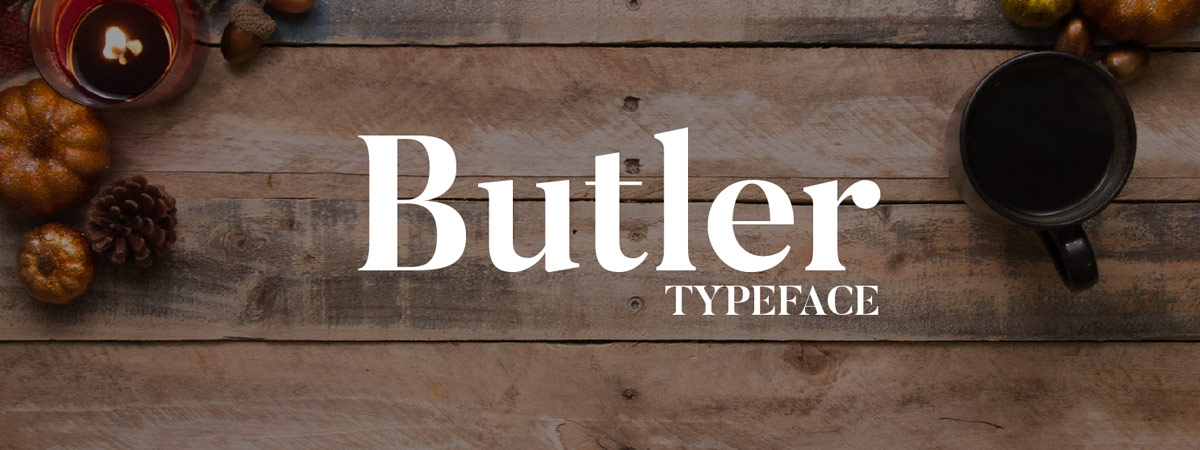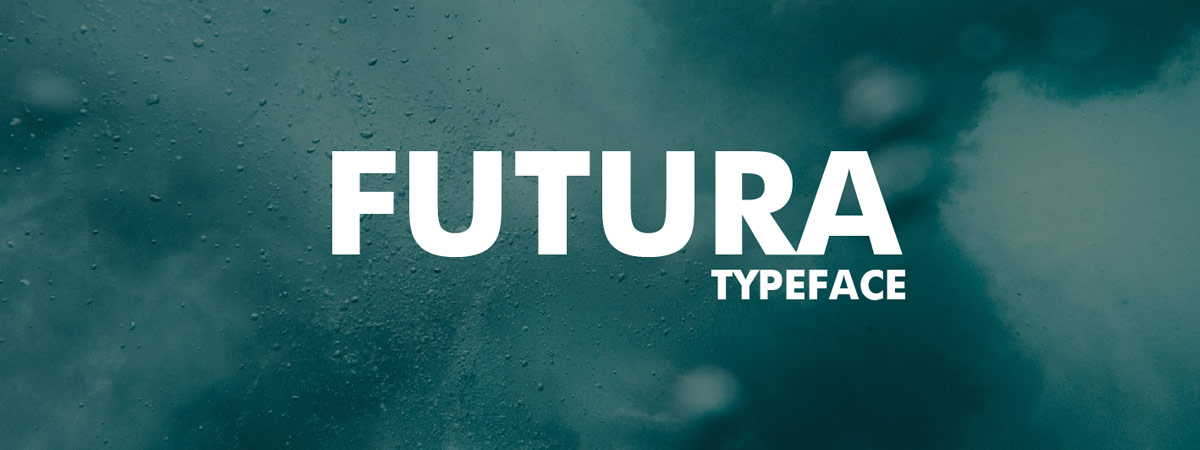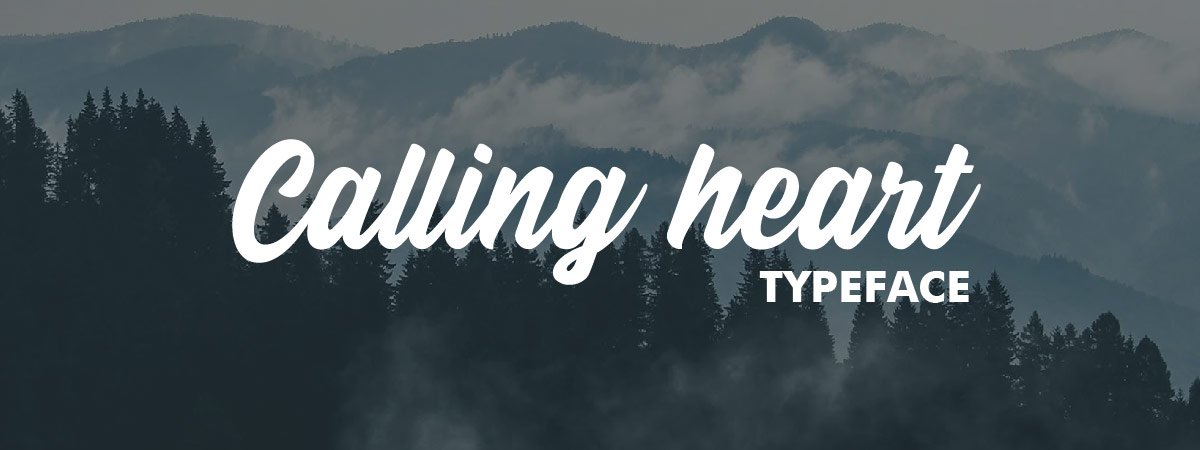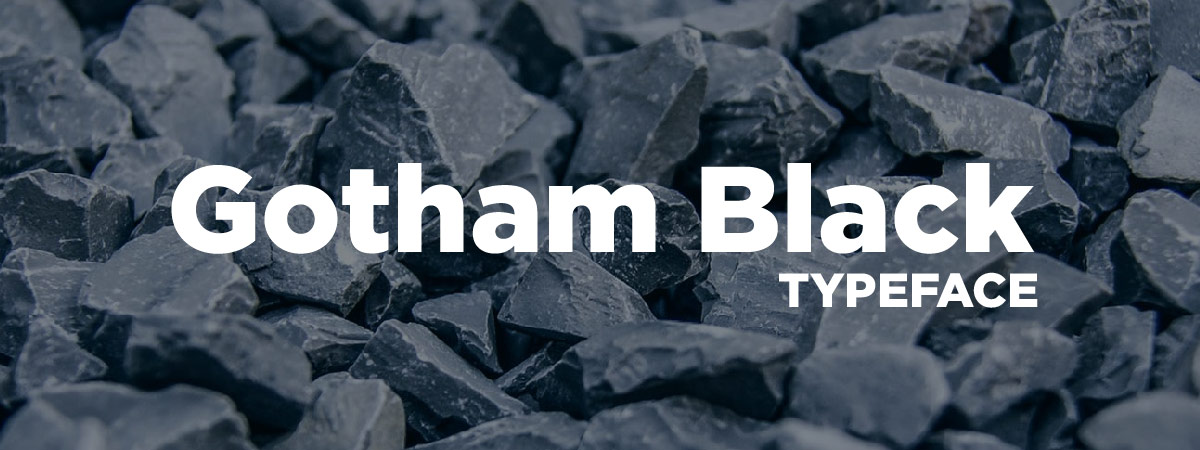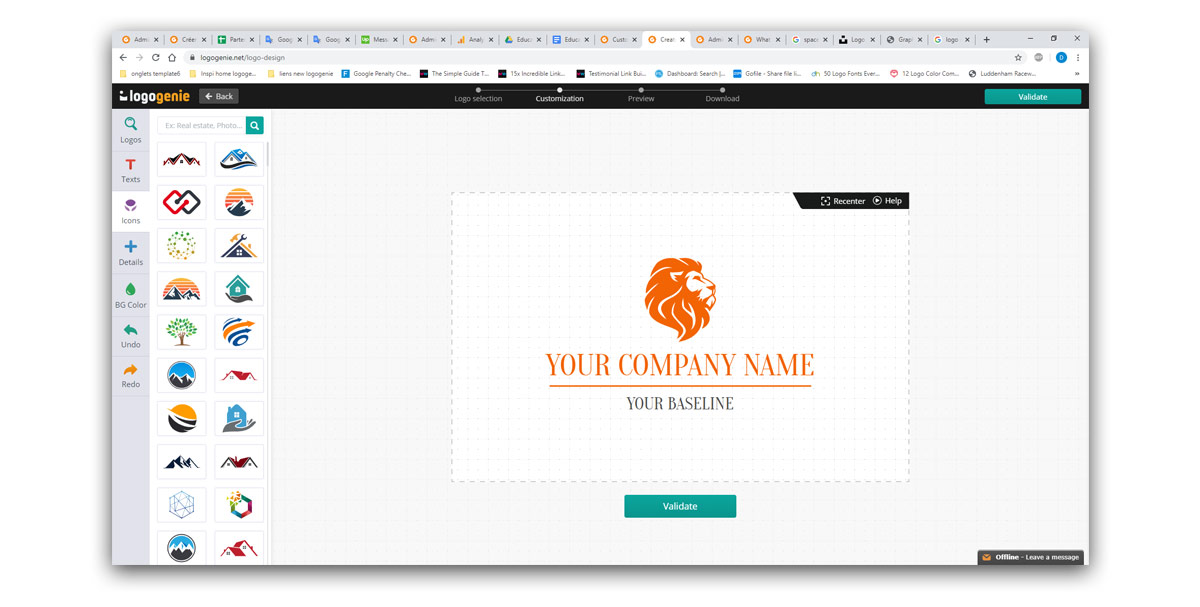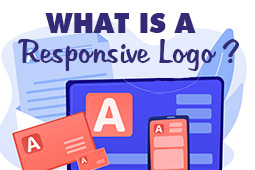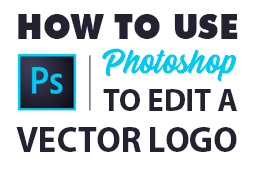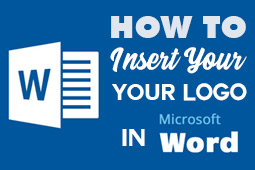
It’s no secret that the font you choose impacts how people interpret your message. When you’re crafting the perfect logo to be the face of your brand, the font (or fonts!) you choose for the text in your logo matters...a lot. A font that feels generic will leave you with a boring, forgettable logo and a font that doesn’t match your brand will leave people confused about who you are and what to expect from you.
So who are you? And what do you do – and how do you do it differently from your competitors? Take a few moments to jot down keywords about your brand if you don’t already have a clear view of your brand persona in your head. Think about how you describe your brand and how your target audience (ideally!) describes it. You might come up with keywords like:
Playful, Sophisticated, Progressive, Value-focused, Eco- conscious, Traditional, Creative, Luxurious, Trustworthy, Youthful, Old-school, Masculine, Feminine, Unconventional...
Once you’ve got a clear view of how you want your brand to be perceived, you can easily figure out the best kind of font to use in your logo. And on your website. And everywhere else you use text. So take a look at a few different font categories to see which one fits your brand best, then from there, look closely at individual fonts within that category to determine which one is the most “you.” But first, let’s take a quick detour to talk about the history of fonts and logos.
Fonts and Logos: A Long-lived Pair
Another name for a font is a typeface. That phrase dates to the 1400s, when Johannes Gutenberg invented the printing press. The word “typeface” literally refers to the design printed onto paper using movable type. Gutenberg’s first typeface was known as Blackletter, and you’ve definitely seen it – and modern fonts that emulate it – in movies, television and anything designed to look “Middle Ages.”
The invention of the printing press is where our modern concept of fonts began. Previously, all written work was written by hand – so in a way, every person’s handwriting was his own personal font. But there was no way to standardize font designs until they were carved into movable type blocks and used to print thousands of identical copies of books, newspapers and other documents. In 1470, Nicolas Jensen invented Roman Type, a typeface inspired by the signage used on ancient Roman buildings. And then in 1501, Aldus Manutius gave the world a typeface option we still use today...italics.
Today, you’ve got way more options. You can bold your typeface, you can underline it with a quick keyboard shortcut, you can make it as big or as small as you’d like and most importantly, you’ve got thousands of different fonts available to download and use. In many cases, they’re free.
Logos go back a little bit further than fonts. In the Middle Ages, noble families identified themselves with coats of arms. A coat of arms displayed design elements like color schemes, patterns, sometimes animal figures and text, such as the family’s motto and/or battle cry. A coat of arms immediately identified the individual bearing it as part of the family associated with the symbol, making these one of the first instances of branding.
Going forward in the Middle Ages, logos and branding as concepts gained speed when King Richard II of England passed a law that required all beer brewers to identify themselves as such with conspicuous signage. On their signs, taverns began adding heraldic-inspired images, which helped thirsty patrons find and identify them. Remember, most people in Medieval Europe were illiterate – and there were no phones. If you wanted to meet your friend for a drink at the tavern, the easiest way to ensure you end up at the same tavern was to agree to meet at a specific tavern sign, like the Green Dragon tavern or the Boar and Cock Pub.
These early logos relied on images and color schemes to identify their brands, and today’s logos are no different. But today’s logos have another tool in their arsenal: fonts. So you can pair your dragon mascot with text that looks like it’s on fire or frame your upscale salon’s geometric logo with a thin, elegant serif font. Ready to see your your font options?
Serif Fonts
Serifs are those little ridges at the ends and corners of letters in certain fonts. A few of the most well-known serif fonts are Butler, Times New Roman, Georgia, Trajan Pro and Baskerville. Take a look at a few famous brands that use serif fonts and think about how you perceive these brands.
It’s amazing how a few little nubs can really make a font feel classy, isn’t it? Serif fonts are the go-to choice for brands that feel polished, upscale and for many, old-school. They’re the fonts for timeless, classic brands and brands that want to communicate that they’re the smart, sophisticated choice.
Sans Serif Fonts
As the name implies, sans serif fonts are fonts that don’t have serifs. In some cases, a font has a serif and a sans serif version, like Liberation.
While serif fonts are a great choice for traditional, polished, timeless brands, sans serif fonts are better suited to modern, progressive brands. If you’re a tech company or a youth-focused clothing store, consider going with a sans serif font. Similarly, if you’re a brand known for undercutting the competition and providing no-frills service, sans serif is generally the way to go. Futura, Eras bold, Helvetica, Arial and Oldsans Black are perhaps the best-known sans serif fonts.
Handwriting-inspired Fonts
As the name implies, handwriting-inspired fonts are fonts that look like they were written by hand. Handwriting-inspired fonts are a great choice for any brand that has an organic, homegrown feel. They’re also an effective way to show the world that no matter how big your business is, everything you do gets your personal touch.
Handwriting-inspired fonts come in a variety of styles, with some looking like fanciful script and others looking like a quite note jotted on a sticky pad. Just like you can tell a lot about a person from her personal handwriting, the world can tell a lot about your brand from the type of handwriting-inspired font you choose. Famous handwritten fonts include Calling heart, Qlassik Bold, Androgyne, Tibitha and Sweaty.
Bold (And Not So Bold) Fonts
Are you a bold, in-your-face brand? Yes? Well then – shout your message across the stratosphere with a BOLD font.
A thick, bold font shows the world that your brand is a force to be reckoned with. You take up space, you don’t back down. A bold font is the ideal choice for any high-energy, high-intensity brand like a rock venue, a zipline course, a personal trainer or even a line of spicy snacks. Fonts like Gotham Black, Cunia, Oswald, Cornerstone will do the trick!
That doesn’t necessarily mean you’re aggressive, but that you won’t be pushed around and you can’t be ignored. In contrast, think about what a thin, wispy font says about the brand that chooses it.
A thin font feels calmer, quieter, but not necessarily less powerful. That’s because font designs are nuanced, and every seemingly small design element – like how the letters’ weight is distributed, whether the font has serifs or not, and whether the letters are angular or rounded – can communicate an aspect of your brand to the people viewing it.
Vintage-inspired Fonts
If you’re a retro-inspired brand, like a vintage clothing reseller or a historical reenactment troupe, a vintage-inspired font is the choice for you.
Vintage fonts aren’t only for vintage brands, though. They’re an effective choice for any brand that wants to emphasize that they do things the old-fashioned way. Using a vintage-inspired font can instill a sense of trust in your brand and make it feel like the established, dependable choice.
Let’s say you’re a delivery service. With a font that looks old-school, you subtly show the potential clients that when they book a car with you, they can expect high quality, old-fashioned customer service. Whether customer service was actually better in the past or not is irrelevant here – if your customers believe it was, and you communicate to them that you hold old-fashioned values like providing prompt, polite service, customers looking for that type of experience will come to you over a brand that doesn’t make the same promise.
Vintage-inspired fonts are also a fun choice for whimsical brands, particularly those with a kitschy, campy feel.
Novelty Fonts
And then there’s the fonts that’re just fun. These are the fonts that are quirky, weird, unconventional and look nothing like any other font. Looking nothing like other fonts isn’t a bug here...it’s a feature.
If you’ve got a super unique brand, let your freak flag fly with a super unique font. In fact, you might even want to invest in a custom font so that you’re the only brand who’s using the font you’ve got.
And don’t think your brand has to be super out-there for you to use a novelty font. Any brand that’s whimsical and fun can use a playful or wacky font to communicate that they don’t take life too seriously.
Finding the Right Font for your Logo
When you have a clear understanding of exactly who you are as a brand, choosing the perfect font to use in your logo is easy.
But what if the keywords that describe your brand don’t fall into one category neatly? You’re not alone – every brand is its own unique mix of traits, so it’s totally possible to be playful and sophisticated or luxurious and focused on delivering a great value. Find a font combines all aspects of your brand into a typeface.
For example, let’s say you’re a progressive-thinking chain of health food stores that embraces traditional means of growing, preserving and stocking products. Think an organic produce market that has all the fruits and vegetables loose in bins to reduce plastic waste and offers small batch spreads and preserved items in cans and glass jars. The ideal font for that brand might be a sans serif, handwriting-inspired font like Lemon Yellow Sun or Norquay.
Fonts like these can be found in online databases like dafont.com or 1001fonts.com. In some cases, you have to purchase the license to use a font or get permission from its creator.
How to Use Fonts to Create Logos
Not all logos are text paired with an image. Some are just a company’s name or initials. This kind of logo is called a wordmark logo, the most famous of which is probably the Disney logo.
There are lots of reasons why brands choose wordmark logos. One common reason is that the brand has a distinctive name and wants to put that name at the forefront of their branding. This is also a common branding strategy for brands that are up-and-coming, because making the brand’s name the focal point of their logos is a quick way to make their names recognizable and (ideally) turn their startups into household names.
With a wordmark logo, which font you use is the most important design choice to make. The reason is simple – your logo is all text, so there’s no image to carry it if your font is weak. Here’s a couple key pointers to keep in mind when you’re choosing a font:
• Pay close attention to a font’s kerning, the amount of space between the letters. Some fonts have very little space between the letters, which can make them difficult to read
• Think about which shapes describe your brand best. Just like color and font, the shapes in your logo communicate your brand persona. Circles and other rounded shapes communicate a friendlier, softer brand while squares and angular shapes communicate a more conservative, more aloof persona. Look at the shapes of the letters in each font you consider to determine which are good fits for your brand
• The font has to be readable at the sizes you plan on using it. Test this by choosing a font, then sizing it up and down to see the point at which it becomes hard to read. Generally, thinner and more intricate fonts are difficult to read at small sizes, while thicker and print-style fonts stay legible when they’re sized down
It’s really easy to test out fonts to see how they look with your brand name. If you’re using a logo maker like Logogenie’s, just type your brand name into the tool and choose from the drop-down list of fonts. You can even add two blocks of text to your logo-in-progress at the same time and compare your different fonts for your brand’s name side-by-side. Logogenie’s logo maker also gives you the option to size your font up and down and to increase or decrease the amount of space between each letter, giving you control over your font’s kerning.
Make your Message Clear with the Right Font
Ready to find the perfect font for your brand? Take a look at any one of the online font databases to find the typeface that perfectly blends everything that makes your brand unique. It’s also a great idea to take a look at the fonts brands that are like yours are using. Don’t limit yourself to your competitors; take a look at any brand that has similar values to yours to see how they’re using fonts to communicate who they are and what they’re all about.
Also, don’t underestimate your graphic designer’s ability to help you choose the right font. As a professional designer, they have experience matching brands with fonts and expressing their clients’ brand personas through visual design choices.
But what if you’re not working with a graphic designer?
Or if you don’t have the time to go trawling through font databases to find the perfect one out of the thousands of fonts they’ve got?
Logogenie’s got you covered. In our super-easy-to-use logo maker, we’ve got a ton of different fonts to choose from. Whether you’re an elegant brand that needs a font like Trajan Pro or a super modern tech company better suited for a font like Protos or Quantum, we’ve got you covered all in one spot, and our tool makes it easy to try out your text in as many different fonts as you want to see.
Check out our logo maker now to see all the fonts you can choose from when you make a logo with us. We make it simple for anybody to create a professional logo from their phone or desktop, no graphic design experience required. Don’t wait – get started on your brand’s new logo today.


